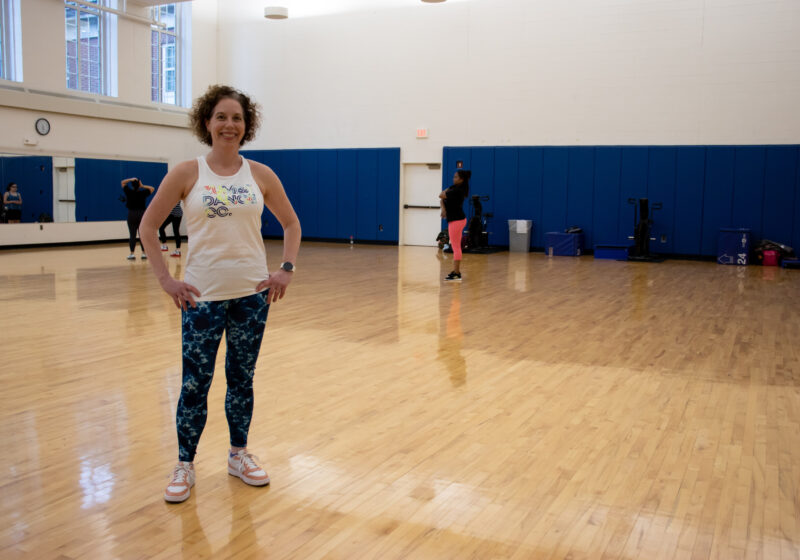As a transfer student, I can safely say that my first weeks at UR do not nearly resemble what is typical of the first few weeks for a freshman: there has not been an inordinate amount of time spent on the Frat Quad, bonding with the hall, unfortunate hookups or writing CAS papers. For me and for 98 other students, the first few weeks are a time of muddled ambiguity.
We have not yet entirely integrated ourselves into the rest of the upperclassman student body, yet we still cannot very well call ourselves our own group our experiences are so varied in terms of our backgrounds, goals and experiences that it can be difficult to find any kind of unifying thread.
Some, like me, are simply sophomores who spent a miserable freshman year at the wrong school and are now giving another college a try. For others, such as my roommate, Aja Hills, a sophomore who transferred from Jefferson Community College, this semester marks their first time away from home after a year spent at a local community college.
Still others are ‘nontraditional” college students people well past the age of frat partying and who may even have children. Of the 99 transfer students this year, about a third come from community colleges, while the rest vary in their educational backgrounds from public schools to private schools to a series of many different schools.
With such a wide range of people making up the transfer population, the University and the transfer students themselves are struggling with the ambiguous definition of the ‘transfer experience.” This uncertainty presents a challenge in terms of how to best orient transfer students to the University.
While the freshmen have an entire week of orientation and are housed together in an environment conducive to friendship-making, transfer students are scattered all over campus and have only one day of orientation.
‘We’re working under the assumption that most transfer students have done something similar already,” Transfer Coordinator Tanya Strachan explained.
Furthermore, the transfer students struggle with, as Strachan put it, ‘how long they want to be defined as a transfer.” Generally, the University aims to give transfer students a quick overview of Rochester’s academic policies and then allow them to become immediately immersed in the rest of the student body so that rather than defining ourselves as ‘transfers,” we can simply be ‘sophomores” or ‘juniors.”
But this approach to orienting the transfer student population does have its drawbacks. It is difficult as an upperclassman to integrate oneself into a student body that has already formed bonds on freshman hallways, in sororities or fraternities and in other organizations.
‘Transfer Orientation should be more like Freshman Orientation because you’re essentially a freshman you’re coming in not knowing anybody, just like a freshman would,” Hills said.
Sophomore Megan O’Connor, who transferred from Nazareth College, took this desire for more resources for transfers even further. ‘They should have housed all the transfers on one floor,” she said. ‘It’s hard to make friends when you’re an upperclassman,” she said.
The brief orientation and lack of opportunity to form strong familiarty and alliances between transfers left some, like Megan, with the feeling that ‘they don’t really care about transfers at all.”
While these concerns are certainly valid, they may just be the unfortunate yet inevitable result of not following a predictable educational path rather than the fault of the University. In fact, UR tends to pride itself on being a ‘transfer-friendly” school as a place that is always trying to up its diversity level, UR views transfers as an invaluable resource.
‘We value the transfer experience and the interesting stories and backgrounds of transfer students,” Strachan said. ‘There is an added experience to classroom and student life.”
Hopefully, though, the University will be able to better address some of the struggles of the transfer experience in the future. Strachan noted that there is a possibility of a transfer focus group being put together in order to better tailor next semester’s orientation.
Additionally, she is looking into starting a Tau Sigma chapter at UR a transfer honors society that would recognize academic achievement. She also made mention of a transfer student connection group that is now defunct, but could be brought back as a place for transfers to meet and support each other.
While there are certainly kinks to be worked out in the experience of transferring from one college to UR, transfers seem to be unified in their excitement and gratitude about the opportunity to start fresh.
Personally, I have already begun to find social and academic opportunities that I couldn’t find even after a whole year at my previous school, Barnard College.
Overall, for me and for the transfers with whom I’ve spoken, there is no regret, but rather a willingness to take on the challenge of this new transition.
‘I feel a lot better here,” freshman Christine Lytwynec, who transferred from Providence College after a year, said. ‘Knowing that the school is good makes it all worth it.”
Healy is a member of the class of 2011.
